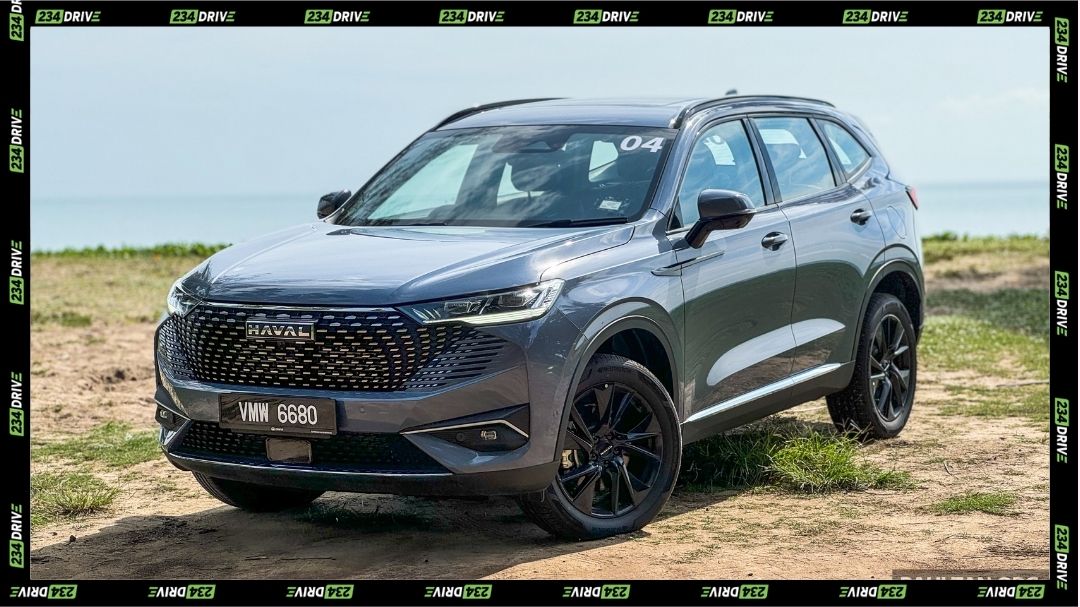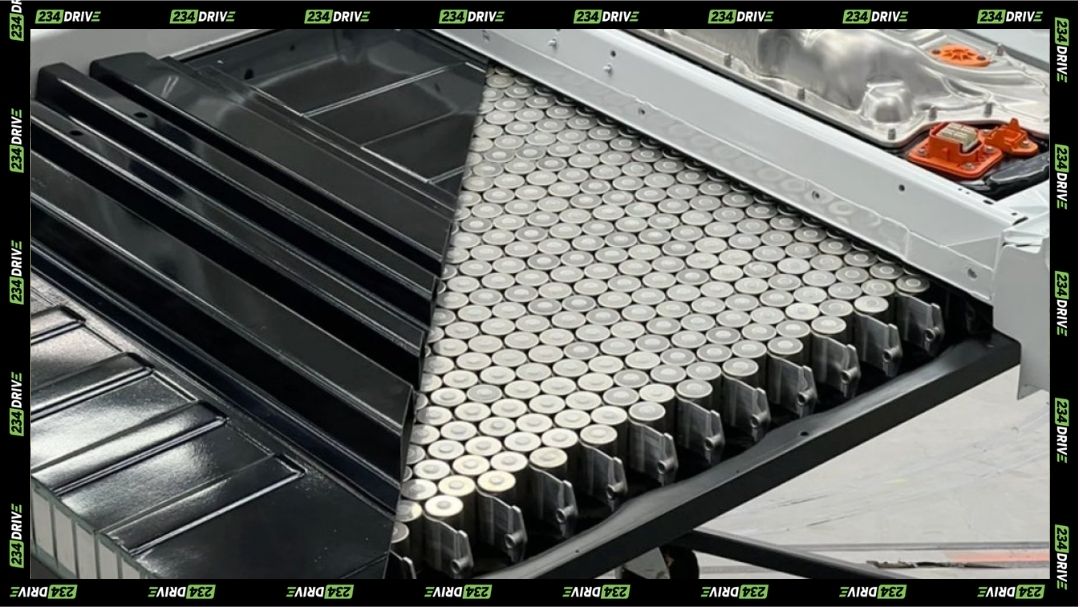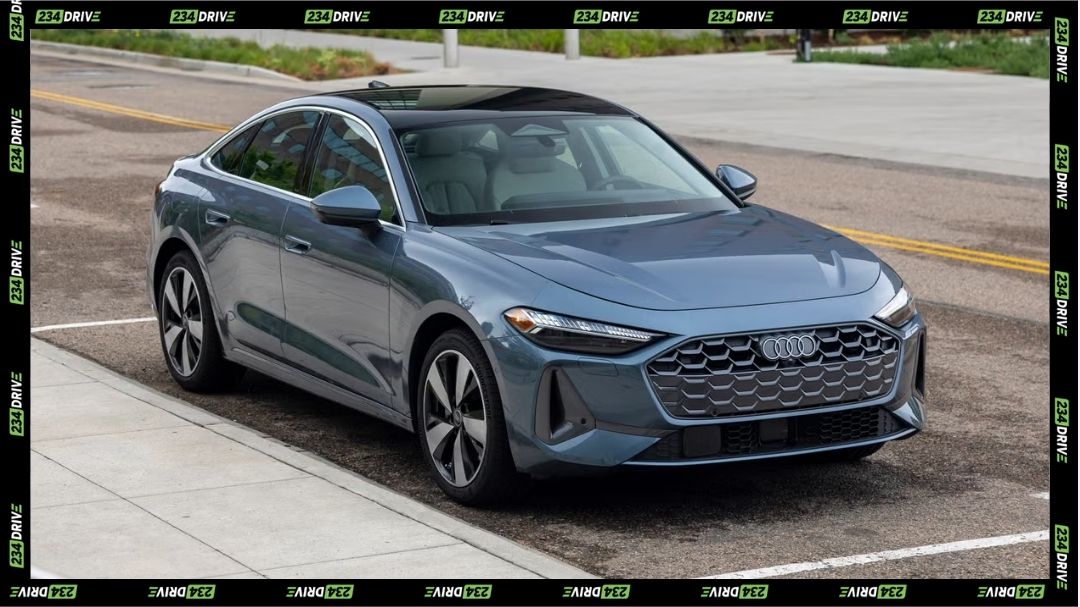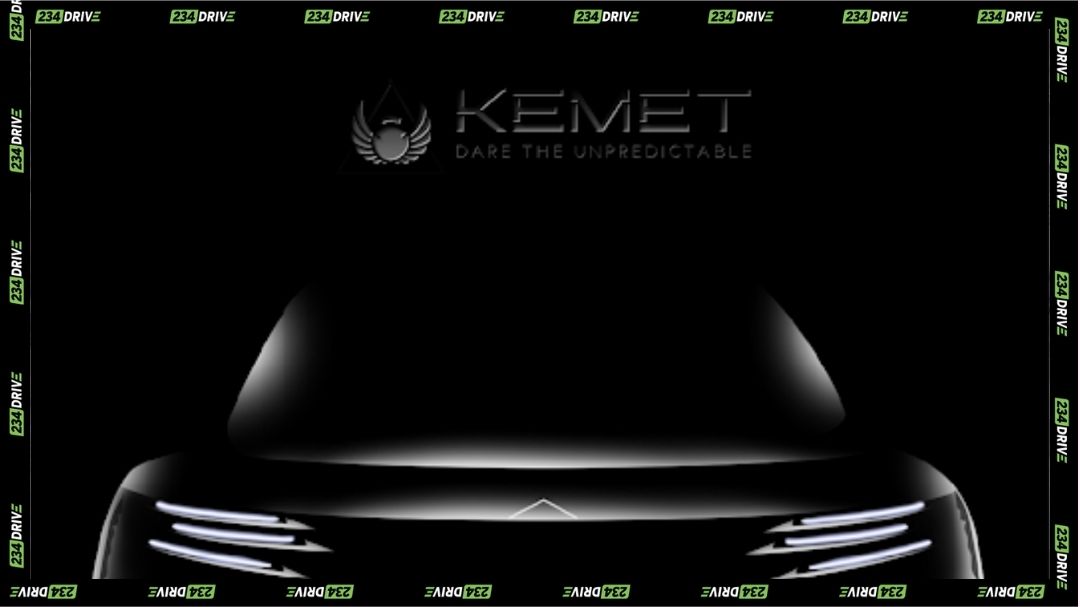Omoda, a sub-brand of Chery, entered the South African market in 2023 with petrol models like the C5 and quickly gained traction among value-focused buyers. By mid-2025, the brand achieved record sales, moving over 1,000 units in July alone, primarily driven by the C5 crossover. Building on this success, Omoda is preparing to introduce its first electric model, the Omoda E5, signaling a major step toward accessible electric mobility in the country.
The Omoda E5 is the all-electric version of the Omoda 5 (or C5 in some markets) and represents Chery’s growing push into new energy vehicles. Initially slated for a 2024 debut, its launch appears delayed, with reports of prototypes arriving for testing as early as March 2024 and reviews confirming its SA-bound status. While official listings in October 2025 still focus on petrol and hybrid variants, such as the C9 PHEV and J7, industry observers suggest the E5’s arrival could be imminent. The rollout may have been slowed by logistical and market readiness factors, but growing anticipation signals it is on the horizon.
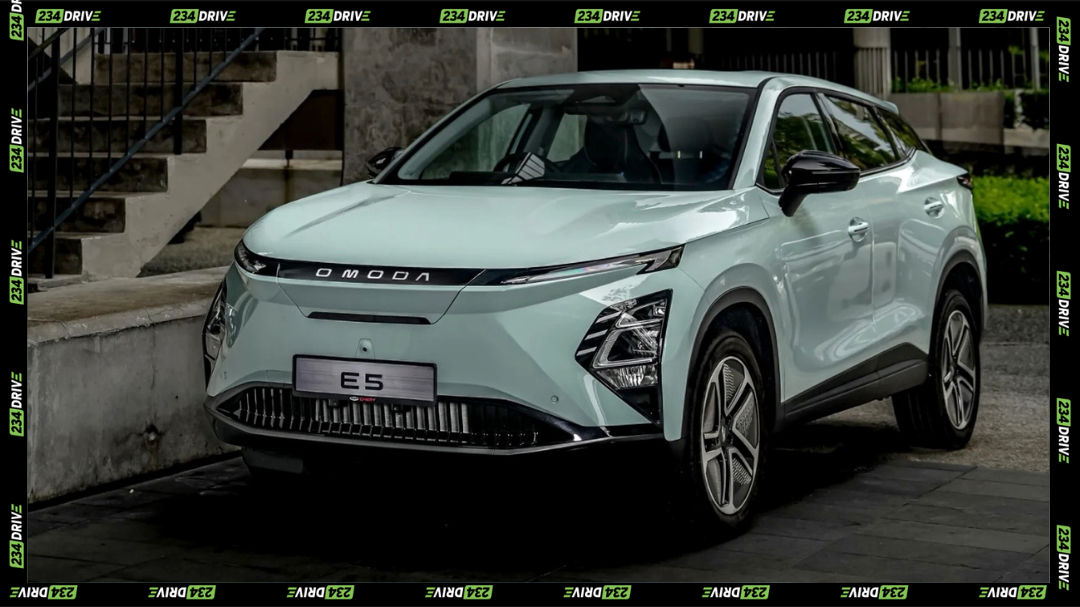
Expected to be priced around R500,000 to R600,000, the Omoda E5 aims to compete with models like the MG ZS EV and BYD Atto 3, making it one of the more affordable electric SUVs in its class. Considering the petrol C5 starts at R329,900 and tops out near R589,900, the E5’s pricing aligns with consumer expectations for an accessible yet premium-feeling EV. Financing plans similar to those of the petrol C5—starting from R4,099 per month—could make the E5 particularly attractive to young professionals and urban drivers seeking both style and sustainability.
The Omoda E5 runs on a 61kWh battery with an estimated real-world range of 345 to 430km, fitting comfortably within the needs of most city drivers and commuters. It delivers 150kW of power and 310Nm of torque, accelerating from 0–100km/h in roughly 7 seconds. With DC fast charging up to 110kW, the E5 can recharge from 30% to 80% in about 30 minutes, while its Vehicle-to-Load (V2L) function allows users to power household appliances or devices during load-shedding—a highly relevant feature in South Africa’s energy landscape.
Design-wise, the Omoda E5 embodies Omoda’s signature “cyber-mecha” aesthetic with angular lines, a closed aerodynamic grille, and dynamic LED lighting. Inside, the cabin boasts a minimalist, tech-forward layout with dual 12.6-inch screens, ambient lighting, a Sony sound system, and a connected app for remote control and navigation. This blend of youthful design and smart functionality targets tech-savvy urban buyers seeking a fresh alternative to traditional SUVs.
Market reception for Omoda’s lineup in South Africa has been overwhelmingly positive. The brand has consistently ranked among the top-selling new entrants, outpacing competitors like Haval and GWM in some months. Social media buzz and early reviews highlight its value-for-money appeal, though some feedback points to minor build quality and interior comfort concerns. With the addition of the E5, Omoda aims to further cement its reputation as a disruptor in the affordable EV space, leveraging Chery’s manufacturing scale and growing local support infrastructure.
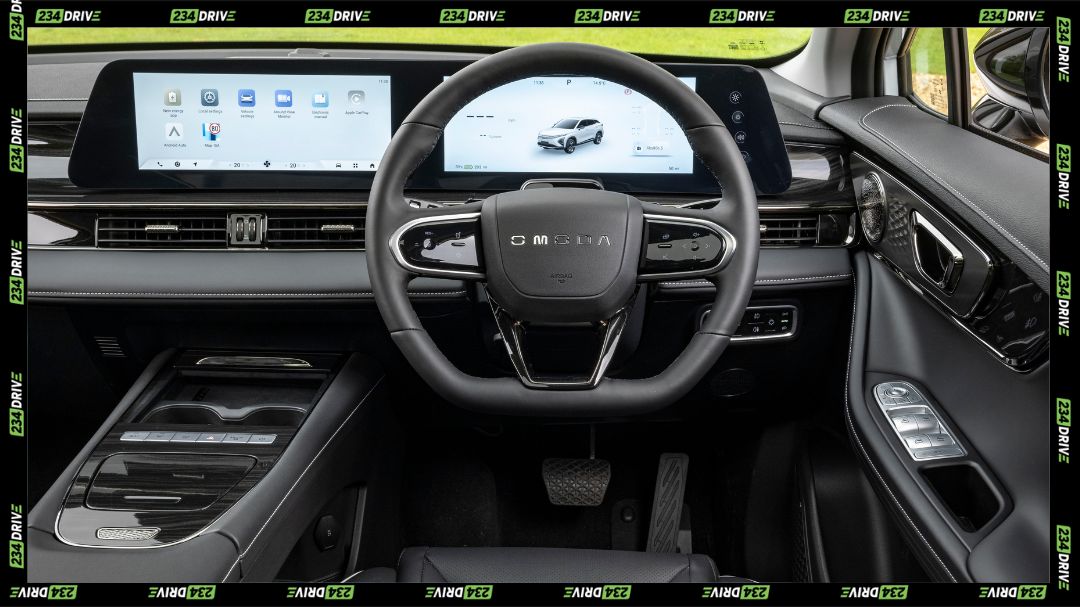
The Omoda E5’s gradual rollout mirrors broader trends in South Africa’s electric mobility sector, where infrastructure development and import policies continue to shape adoption rates. Omoda’s move aligns with its 2025 strategy to expand into new energy vehicles, complementing the C9 PHEV’s successful debut earlier in the year. As the brand prepares for a potential full launch of the E5, it may help accelerate mainstream EV adoption, especially if paired with government incentives or local assembly benefits.
Ultimately, the Omoda E5 represents a strategic effort to make sustainable mobility attainable for everyday South Africans. If its combination of affordability, range, and technology lives up to expectations, Omoda could redefine what consumers expect from an entry-level EV in a market ready for transformation.


